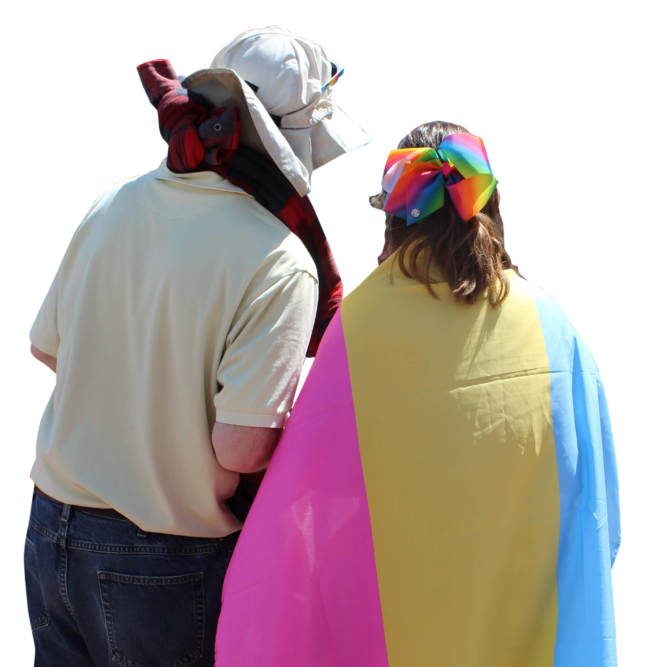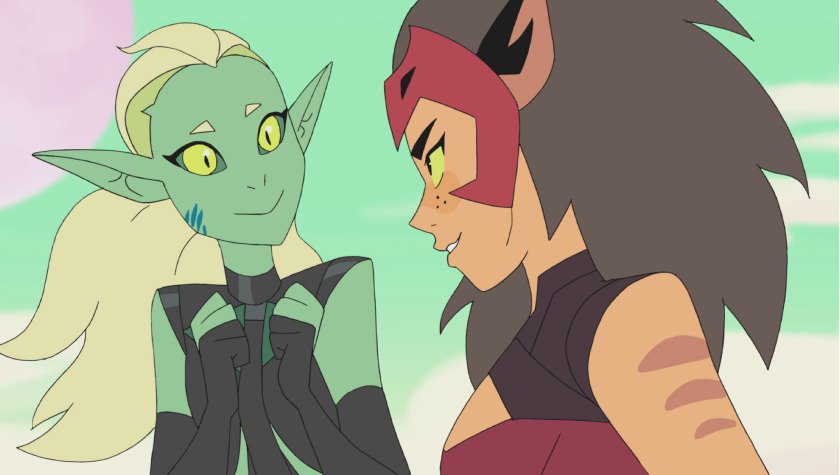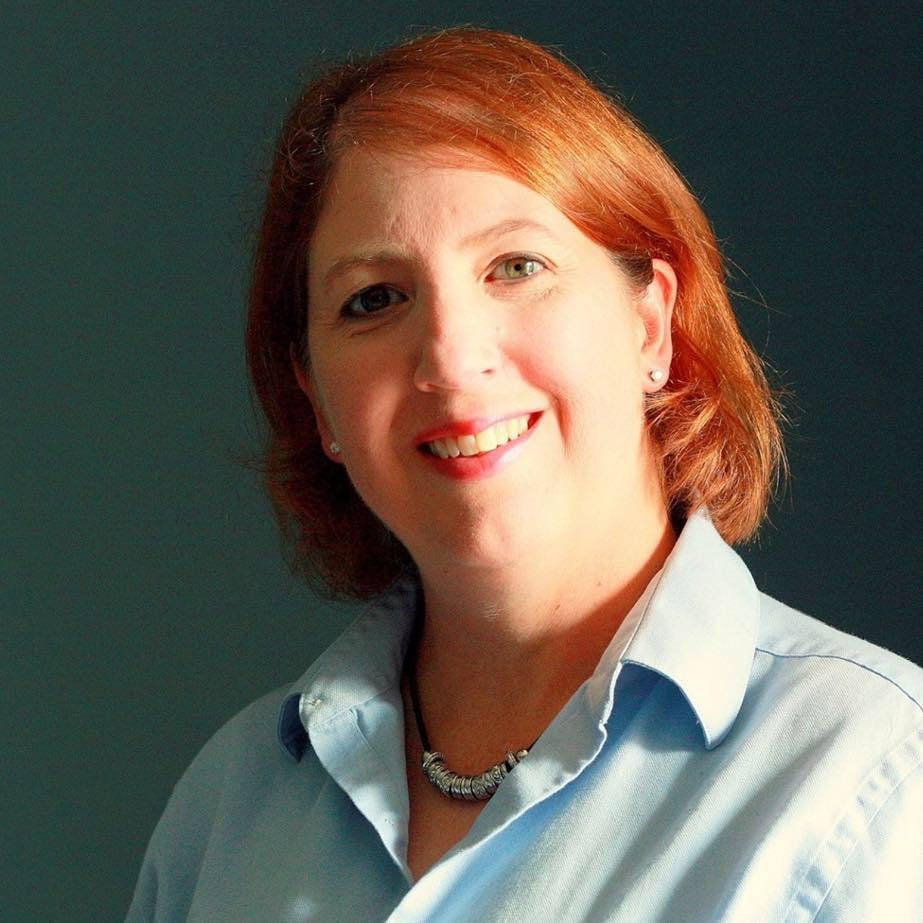For Families of Bi+ Youth

Dear Caregiver,
You have a kid in your life who identifies as bisexual or pansexual? Great!
Now what?
My child came out to me in a text while I was in a meeting at work. Even though I also identify as bisexual I wasn’t quite sure what to say. Should I text? Should I call? Once I gathered my thoughts I considered what it was like when I was coming out. All I wanted was for the people in my life to know, and still love me. That’s what our kids want too. So these are the words I texted back: “Thank you for telling me. I know that took a lot of courage to say. I love you for exactly who you are right now and I always will.”
I did my worrying and pondering on my own and with my spouse. How do we know if that friend is a friend or a love interest? How do sleepovers work now? Do we need to re-do the talk? What if I don’t know what to say about staying safe?
All I wanted was for the people in my life to know, and still love me. That’s what our kids want too.
For me the answer about what to do ended up being the same as for any new parenting topic: google around, get some information, talk to trusted people, and figure out what works for our family. We had some short conversations reviewing consent, staying physically and sexually safe, and how to handle hurtful comments or prying questions. I made space for them to talk while I only listened. We promised to never out them without their permission. I offered to tell Grandma if they wanted me to. Your approach will vary depending on your kid’s age and your parenting style, but I recommend starting from love and respect, and then taking one step at a time. It doesn’t matter what size your steps are or how fast you take them.
Now three years later, we’ve navigated a lot of the awkward stuff but I am still learning. We share funny bi or pan memes with each other and sometimes I have to ask for an explanation. And *sigh* I always need reminders for where to look to see a shared post on Instagram. We also watch some of the great inclusive animated series that are out now. Steven Universe and the new She-Ra are our favorites. My kid was impressed when I identified Huntara’s voice actor in She-Ra as Geena Davis. When Catra’s Double Trouble appeared, I was excited to point out that I noticed they used non-binary pronouns. My kid turned to me, smiled, and said “I KNOW! Isn’t it great?”

When you’re ready, do some reading. Show that you’re trying. Ask what your kid is watching or listening to, and who they are following on social media. Offer your pronouns to a new friend (for example: Hi friend, I’m Kate and my pronouns are she/her). Follow the BRC and some other famous bisexual folks on social media, or seek out a tv show, article, or podcast. There may be support groups or LGBTQ+ organizations in your area too if you need more help or want to talk to someone. Give yourself time and space to process. Ask for help if you need it.
Just like any topic in life that can be hard to talk about, be honest about your feelings and remember that your words matter. Then, love that kid in your life like you always have and you’ll be just fine.
Sincerely,
Kate

Kate M. Pimmel (she/her) is a bisexual mom, wife, missile defense program analyst, sports fan, wine and cheese lover, and movie quoter. She also serves as the chair of GLSEN Greater Huntsville, working to make schools more inclusive for LGBTQ students. She lives in Madison, Alabama with her wife, two teenagers, three cats, and one moose (who is actually a black lab).